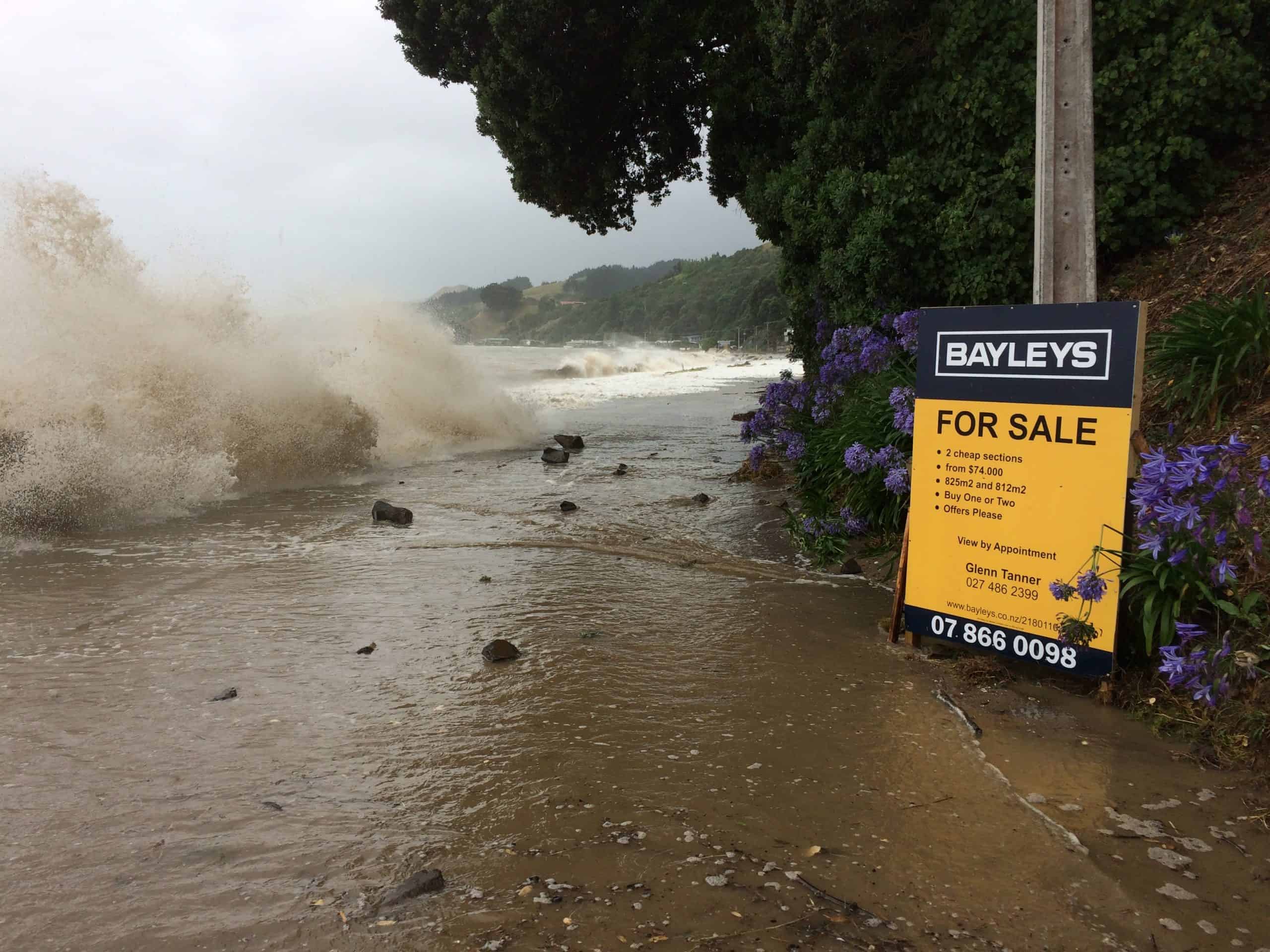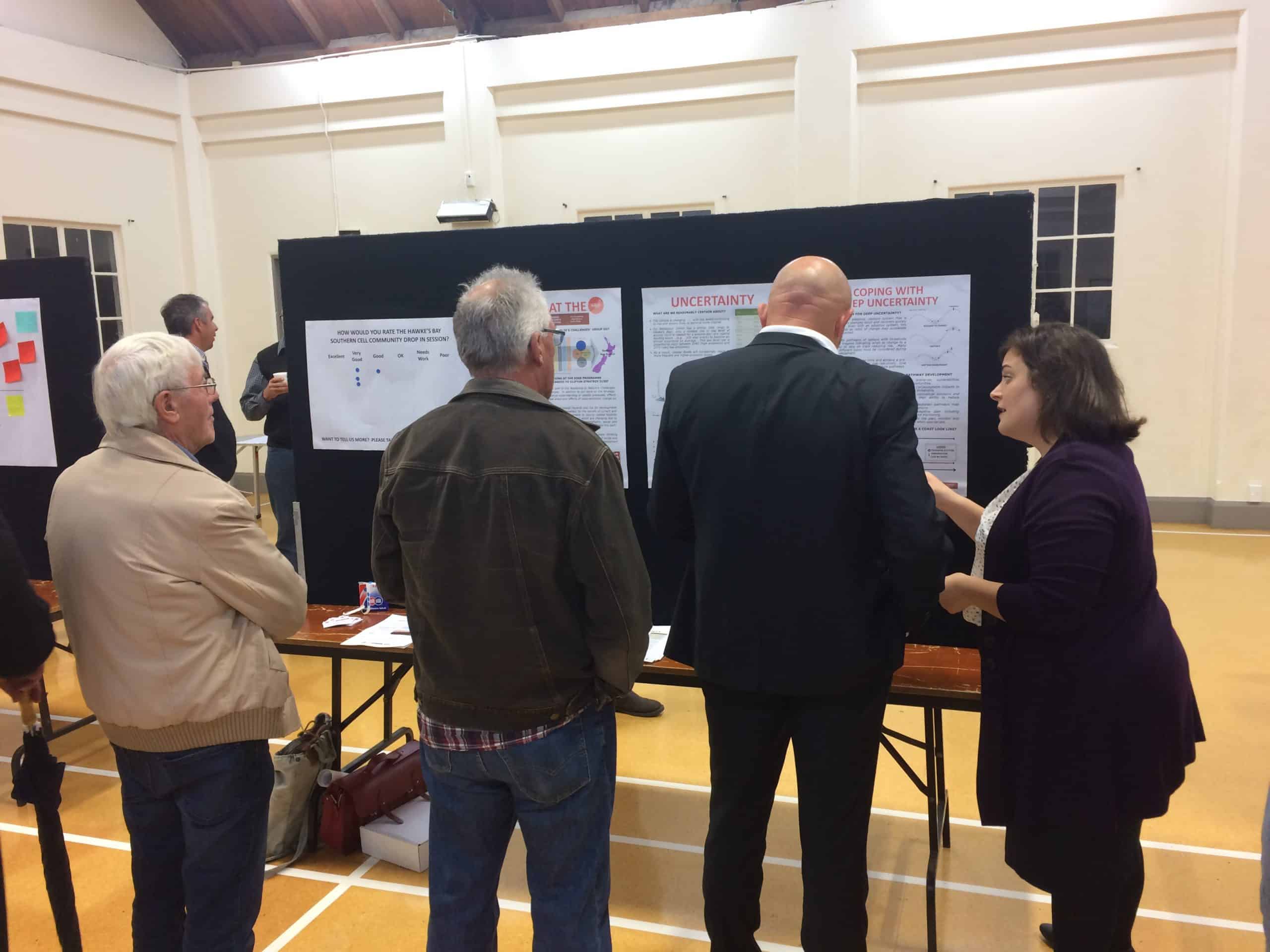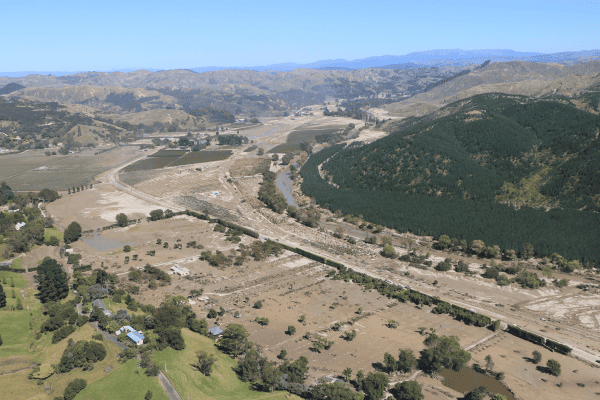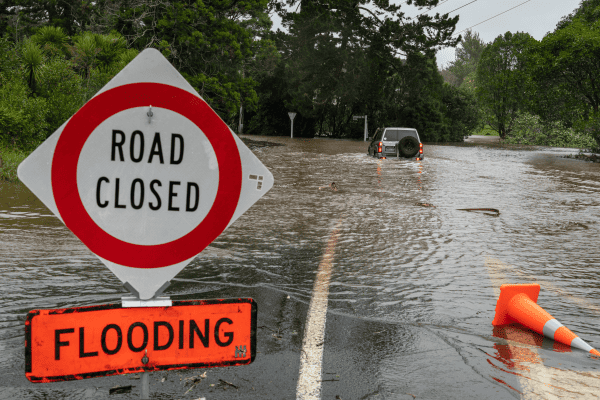Resilience Governance in practice
15/11/2018
By Dr Judy Lawrence, Dr Paul Schneider and Prof Bruce Glavovic
A series of severe coastal storms along the Coromandel Peninsula has brought coastal hazard risk to the fore, especially in the face of rising sea levels. A coastal management strategy aimed at increasing coastal resilience was recently approved by the Thames Coromandel District Council. However, questions remain about how to coordinate resilience building efforts between different governing authorities on the peninsula, and how to mobilise coastal communities so that proactive and sustained risk reduction measures can be put in place. Such questions face coastal communities around the country.

To answer these questions, the Resilience to Nature’s Challenges Resilience Governance and Living at the Edge research programmes are being conducted in tandem. The former is advancing our understanding about resilience governance as a concept and how to operationalise it. The latter focuses on how to reduce risk, adapt and build resilience in the dynamic coastal environment, based on the development of the Clifton to Tangoio Coastal Hazards Strategy in Hawke’s Bay. Both programmes are complemented by postdoctoral research, funded by the Earthquake Commission (EQC), which examines ways to reduce risk and build resilience on the Coromandel Peninsula. Understanding the role that governance plays in enabling resilience outcomes over timeframes of ‘at least 100 years’ is the key link between these research programmes.
The severity of the impact from the January 5 storm on the Thames Coast
The Living at the Edge programme has applied decision tools for the Hawke’s Bay coast that enables robust decisions to be made. Dynamic Adaptive Policy Pathways planning (DAPP) has been used to identify short-term actions and long-term options. Plus, Real Options Analysis has been used to conduct sensitivity testing and determine costing of the pathways. The strategy formulation process has had a unique collaborative governance arrangement in which a Joint Councils’ Committee comprising Hawke’s Bay Regional Council, Napier City and Hastings District Council is working closely with community assessment panels. This governance arrangement has enabled a strategy to be developed that has wide support, and which is now at the implementation stage.
Comparative analysis is underway to examine key findings emerging from these three research programmes to better understand coastal resilience building approaches underway on the Coromandel Peninsula and Hawke’s Bay. This research will shed light on what is happening ‘on the ground’, and how barriers and enablers to risk reduction and resilience building unfold. Key factors identified include the local political leadership on climate-related perils, community norms and values, the ‘appetite’ for addressing coastal concerns, and institutional barriers and enablers for formulating and implement long-term risk reduction strategies. Comparative local experience provides practical insights about how to tailor decision-making on the coast in ways that can overcome barriers and leverage opportunities to build resilience.




